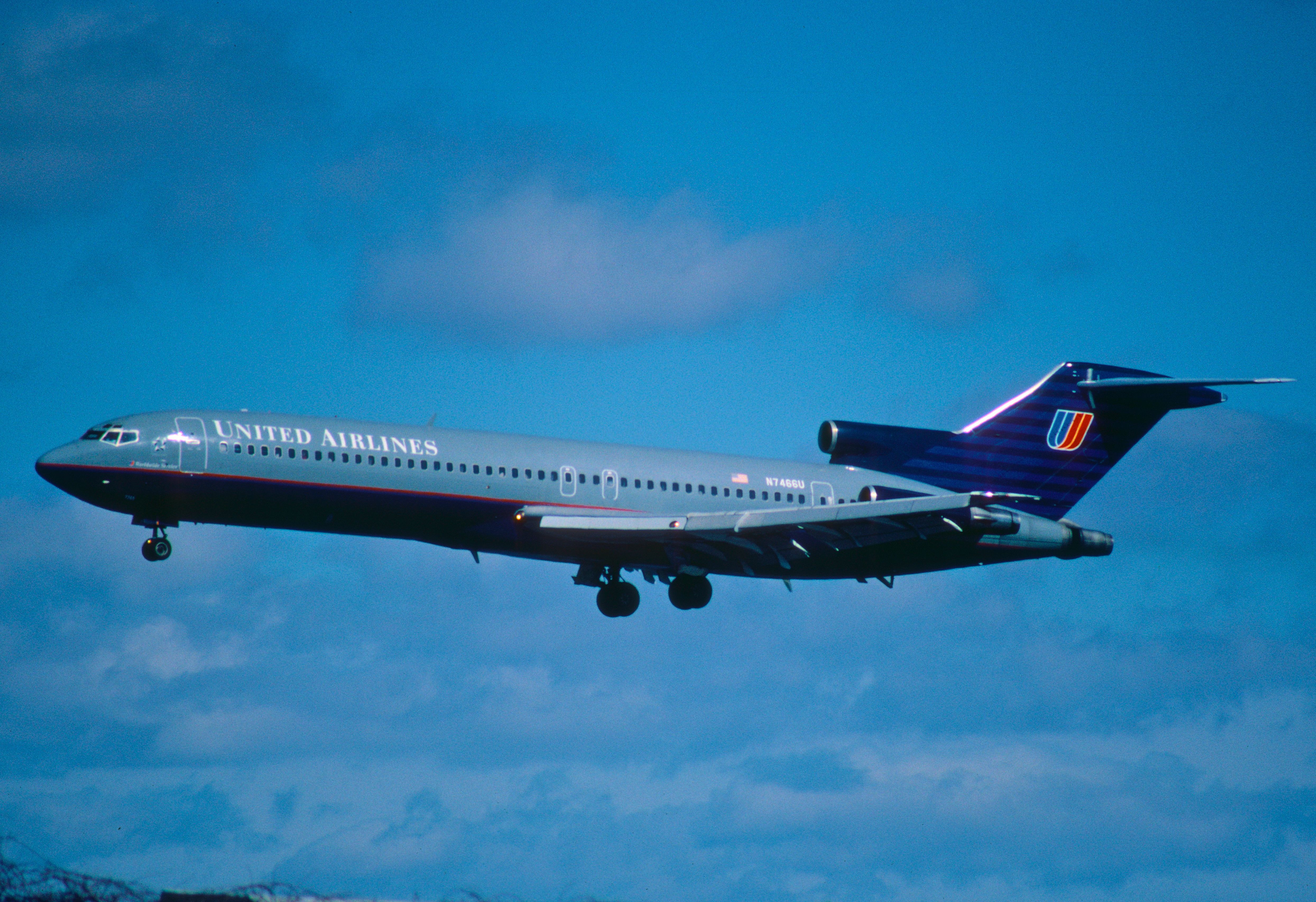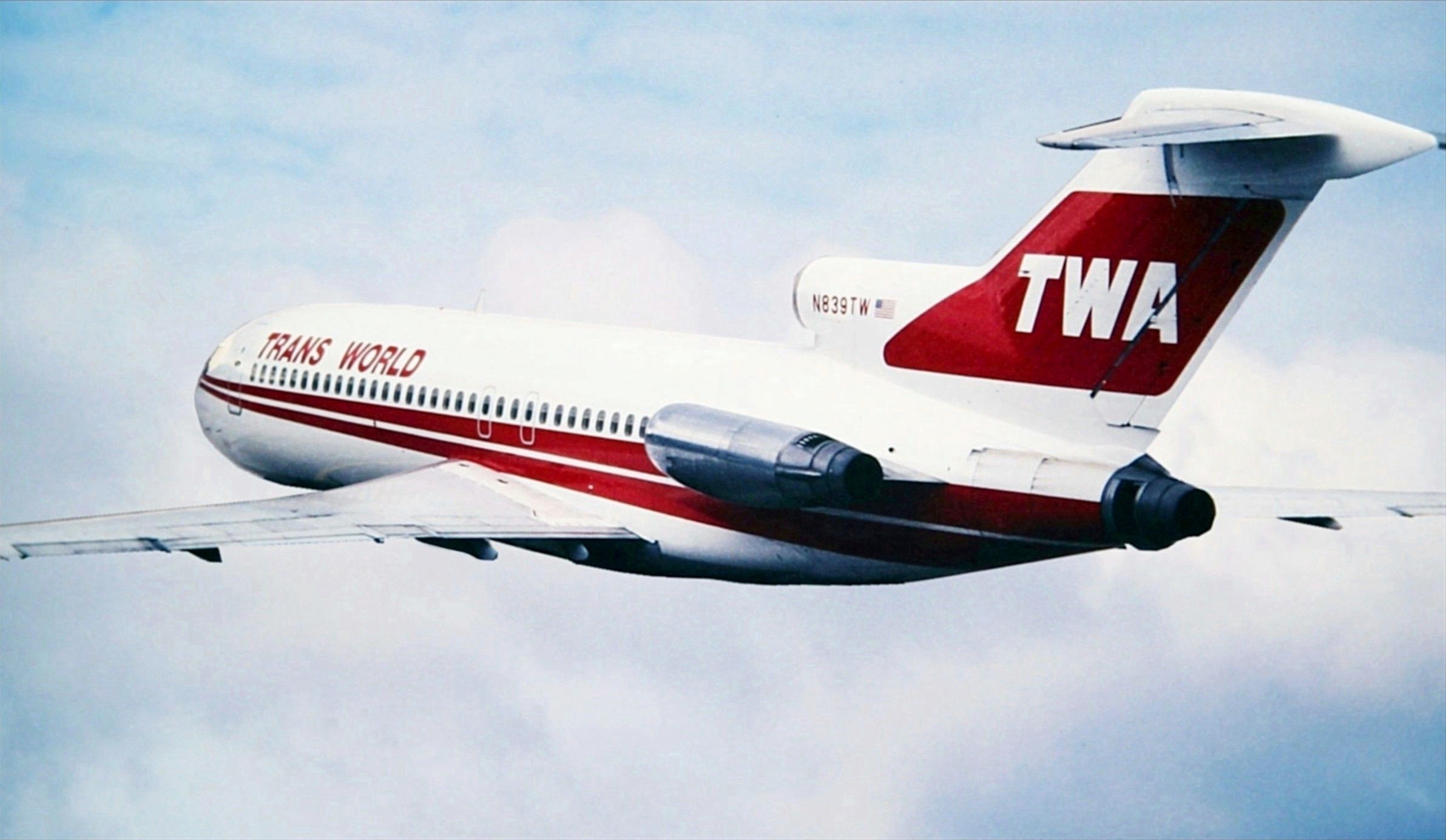Summary
- The Boeing 727 was designed to meet the demands of US airlines for a trijet aircraft.
- Pilots faced considerable challenges, including sink rates and steep descent speeds when transitioning to the 727.
- Despite early crashes due to pilot errors, training procedures were adjusted, making the 727 a popular and safe choice.
The only trijet (three-engine) aircraft that Boeing ever produced was the 727. After the introduction of the four-engine Boeing 707, the manufacturer wanted to address the demand for shorter flights, perhaps with a twin-engine aircraft.
Some US carriers, such as American Airlines, were interested in a cost-efficient twin-engine design, while United Airlines wanted a shorter-length quad-engine 707 to operate out of high-elevation airports such as Denver International Airport (DEN).
Eastern Airlines, another major airline at the time, needed a three-engine aircraft to comply with ETOPS regulations for overwater flights to the Caribbean. Boeing decided to go for a three-engine jet lighter than the 707 and powered by Pratt & Whitney JT8D low-bypass turbofan engines.
This article focuses on the inception of the Boeing 727, its struggle with excessive descent speeds and sink rates, and how it proved to be the popular choice for airlines worldwide.
All three airlines agreed on a trijet
In the end, all three agreed on a tri-engine plane. When Boeing engineers designed the plane, they took the following factors into consideration:
- It had to be able to fly in and out of airports with small runways.
- It needed to make steep approaches and climb-outs to avoid structures near the airport.
- It needed to be able to operate from airports that had little to no equipment.
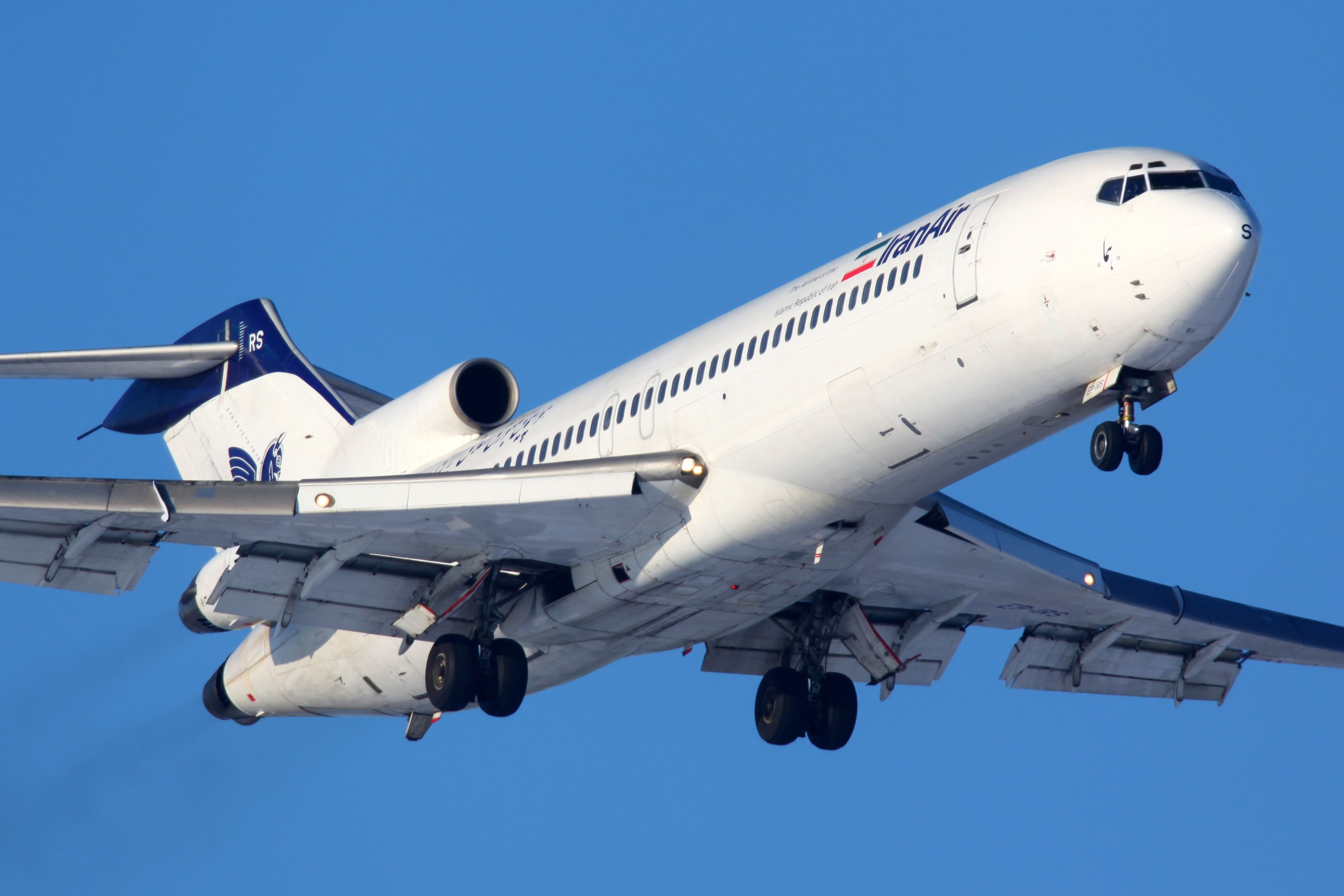
Related
The Story Of The Boeing 727’s Development
The aircraft proved popular with airlines worldwide, with more than 1,800 examples produced.
To accommodate these requirements, Boeing incorporated the following into the 727:
- A sizable clean wing area with high-lift flaps and no wing-mounted engines.
- A built-in airstair that opens from the rear underbelly of the fuselage, negating the need for movable stairs or jet bridges.
- An auxiliary power unit (APU) that allows air-conditioning systems to run independently of a ground-based power supply and the ability to start the aircraft engines independently.
- A retractable tail skid is designed to protect the aircraft in the event of an over-rotation on takeoff.
- Nosewheel brakes to reduce braking distance on landing of up to 490 feet
The plane proved complex for pilots to transition
Because of its large wing area and 40-degree flaps, something Boeing refers to as flaps positions rather than degrees, the Boeing 727 was stable at very low speeds compared to other early jets. The 727 had some downsides, which made the plane complex for pilots to fly when repositioning from other aircraft types. Like all T-tail planes, the 727 could stall if the plane reached a high angle of attack. To counter this, Boeing installed a stick shaker to warn the pilots before it would be too late to correct them.
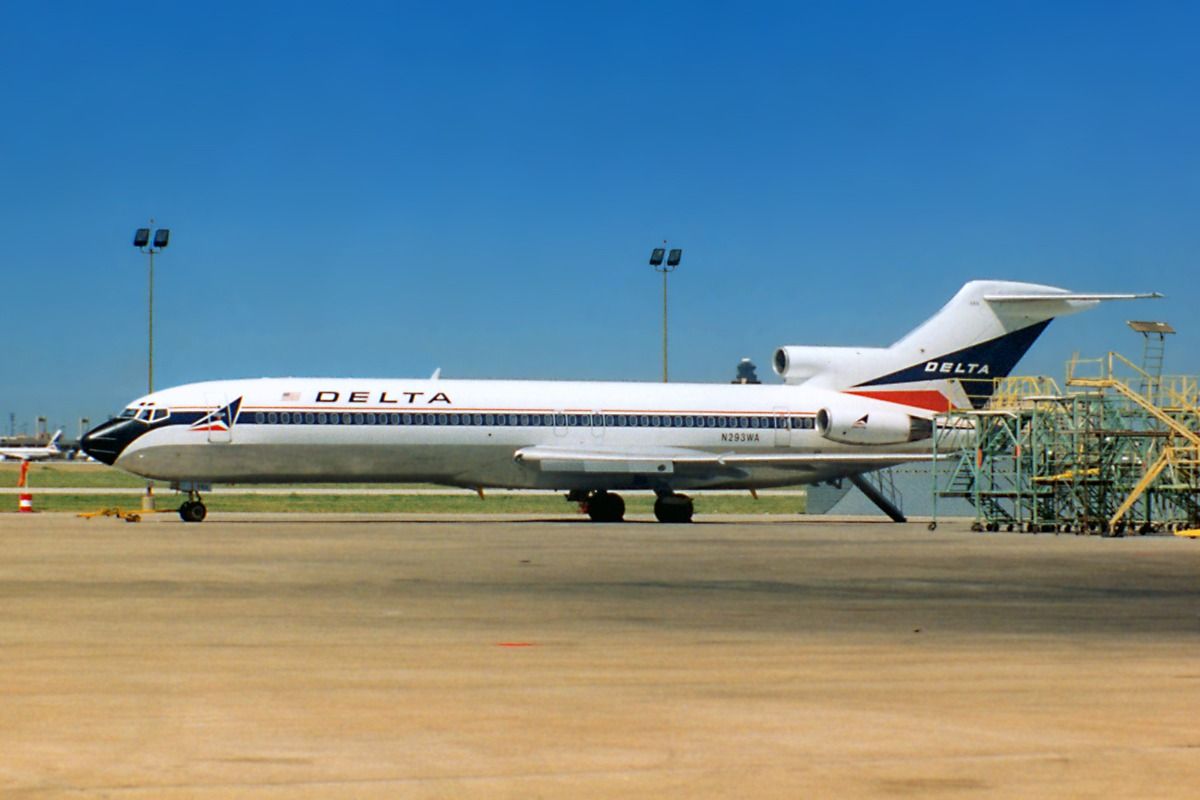
Related
Why Was The Boeing 727 Discontinued?
US airlines wanted a plane they could fly from airports with shorter runways, and smaller than a Boeing 707.
The big problem for pilots transitioning from other aircraft was the 727s sink rate when using full flaps during landing. Every pilot wants to make a comfortable landing at the end of any flight, and the key to this is a smooth descent. The rate of an aircraft’s descent is measured in feet per minute. Sink rate is a temporal rate of decrease in altitude and is referred to as the rate of descent (RoD).
When the flap position was set at 40 for landing, it would slow the plane down dramatically. To counter this, more thrust was needed when the flaps were deployed. Pilots at the time, particularly those fairly new to operating the type, were not accustomed to this. Using flap position 40 also increased the fuel burn, another reason why airlines dictated that the flap 30 position be used for landing.
The way to quickly calculate this is to multiply the groundspeed times five. For example, if the ground speed is 100 knots, and you multiply it by five, it gives you a descent rate of 500 feet per minute, which is what you need to achieve a 3-degree descent angle.
Other factors determining sink rate can be head or tailwinds and increasing or decreasing drag caused by deployment or retraction of the flaps. Because of the Boeing 727s wing design, when at 40-degree flaps the wings area increased by 25%, which allowed for lower speeds when landing.
Four crashes turned the public against the 727
When the Boeing 727 entered commercial service in 1964, it brought jet flights to communities that previously had none, and so it quickly became popular with the flying public. However, that changed some months later following four accidents.
In August 1965, United Air Lines Flight 389 plunged into Lake Michigan while descending for landing at Chicago O’Hare, becoming the 727’s first hull loss. Then, a few months later, in November 1965, American Airlines Flight 383 crashed on final approach to Greater Cincinnati Airport (CVG), killing 62 of 66 passengers and crew.
Just three days later, United Air Lines Flight 227 crashed on landing at Salt Lake City International Airport (SLC), killing 43 of 91 aboard. Three months after that, All Nippon Airways (ANA) Flight 60 crashed into Tokyo Bay, killing all 133 people onboard.
If you look at the early accidents in the United States, you will see that they all occurred during darkness and that all the pilots had minimal experience flying the Boeing 727:
- UA 389: The pilot had 82 hours on the 727.
- AA 383: The pilot 225 hours on the 727.
- UA 227: The pilot had 334 hours on the 727.
The public outcry was deafening, with people canceling all flights aboard Boeing 727s, and some corporations even told their employees not to fly Boeing 727s. Realizing they had to do something, the Civil Aeronautics Board (CAB) said they would see if the plane was unsafe. Unlike the Boeing 737 MAX, the 727 was never grounded and continued to fly.
The investigation concluded that the aircraft itself was safe and that all four accidents were the result of pilot error. As we mentioned earlier, pilots were not familiar with the 727s flaps and were making unstabilized, high-descent rate approaches.
In response, the Federal Aviation Agency (FAA) required all airlines to change their training procedures and flight manuals to stress the importance of stabilized approaches. Trans World Airlines (TWA) blocked the 40-degree flap setting on the 727, making 30 degrees the maximum.
Now once more deemed safe to fly, the Boeing 727 became one of the world’s most popular airliners, with 1,832 being built before production ended.
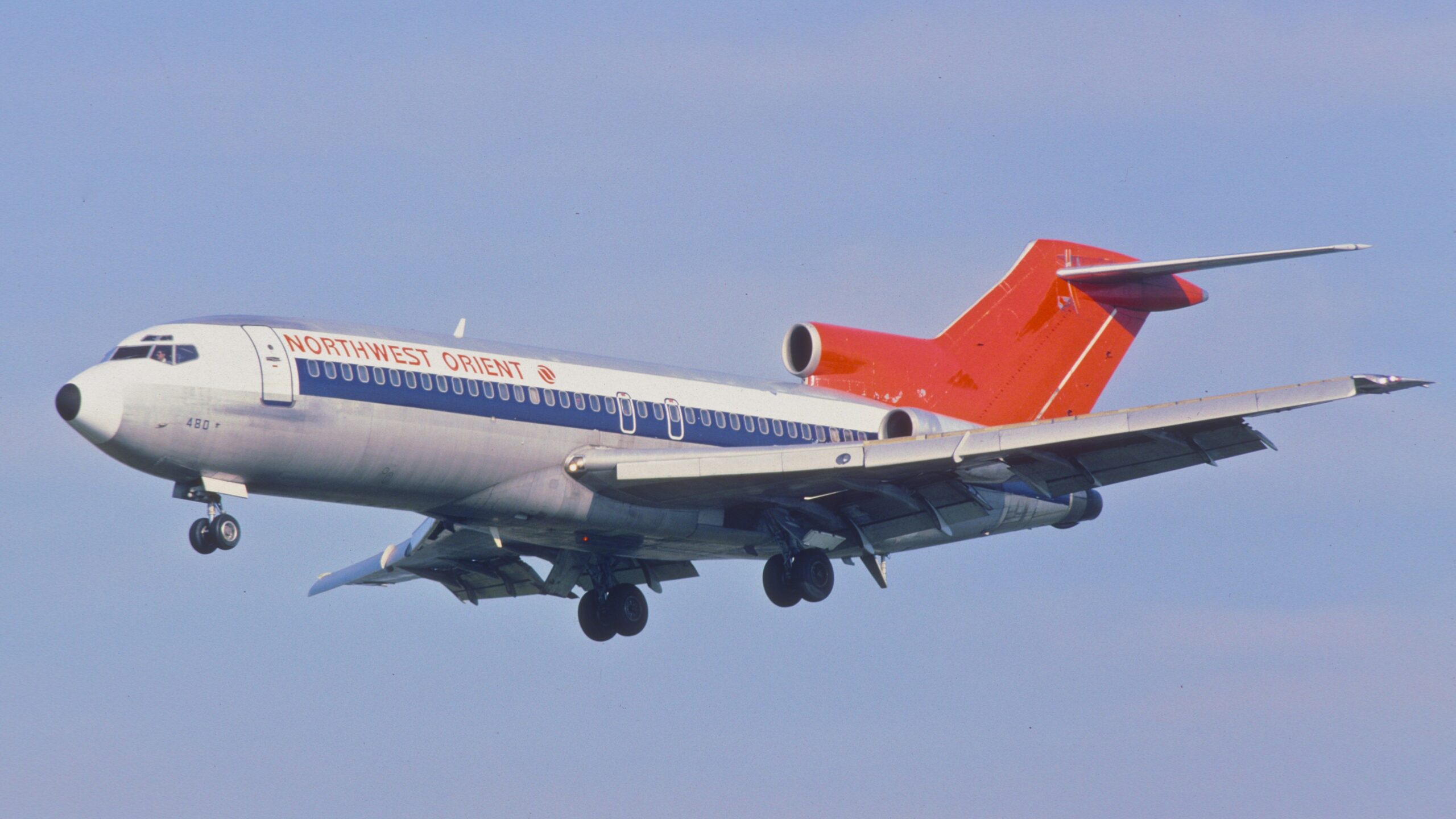
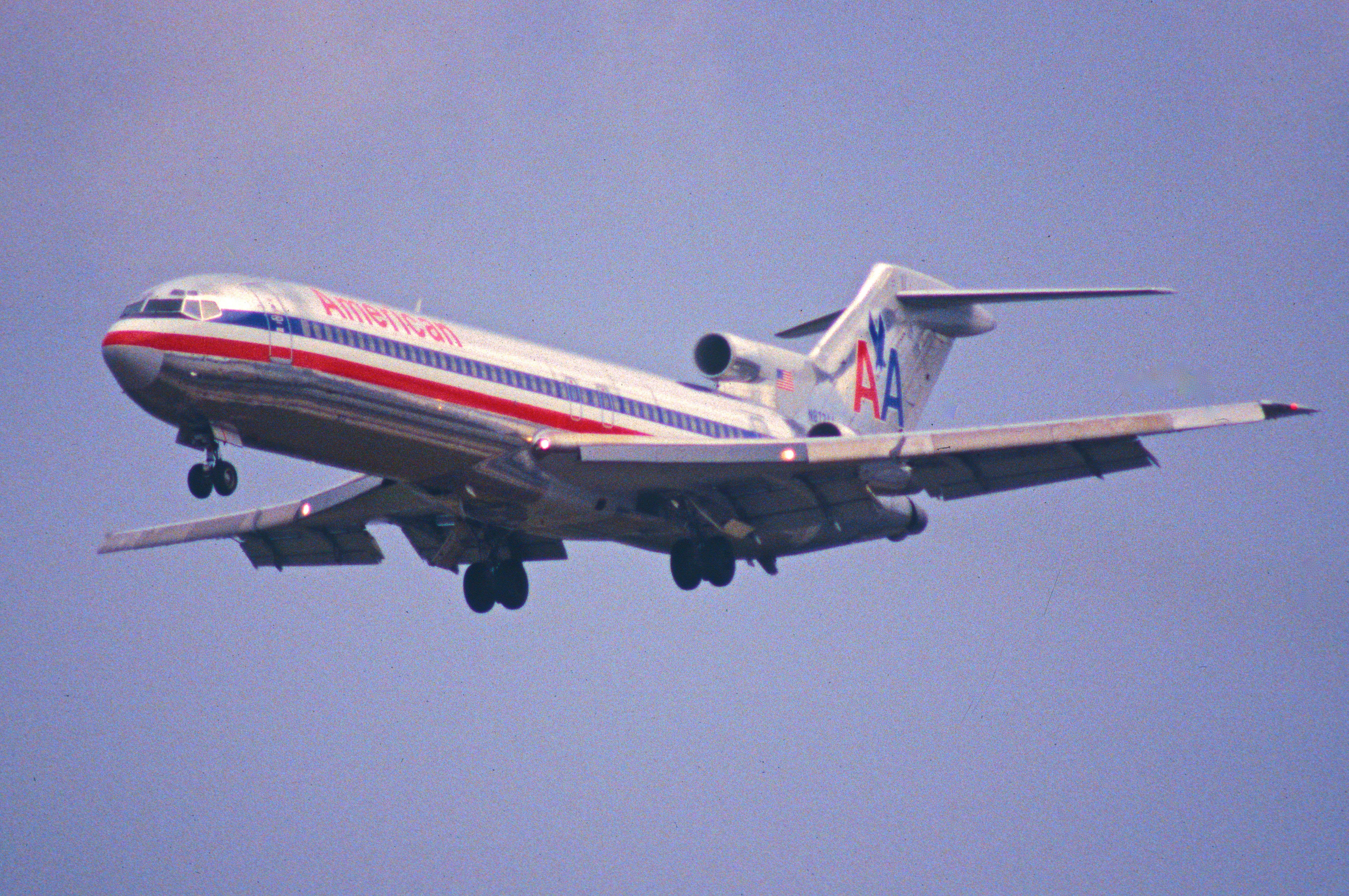
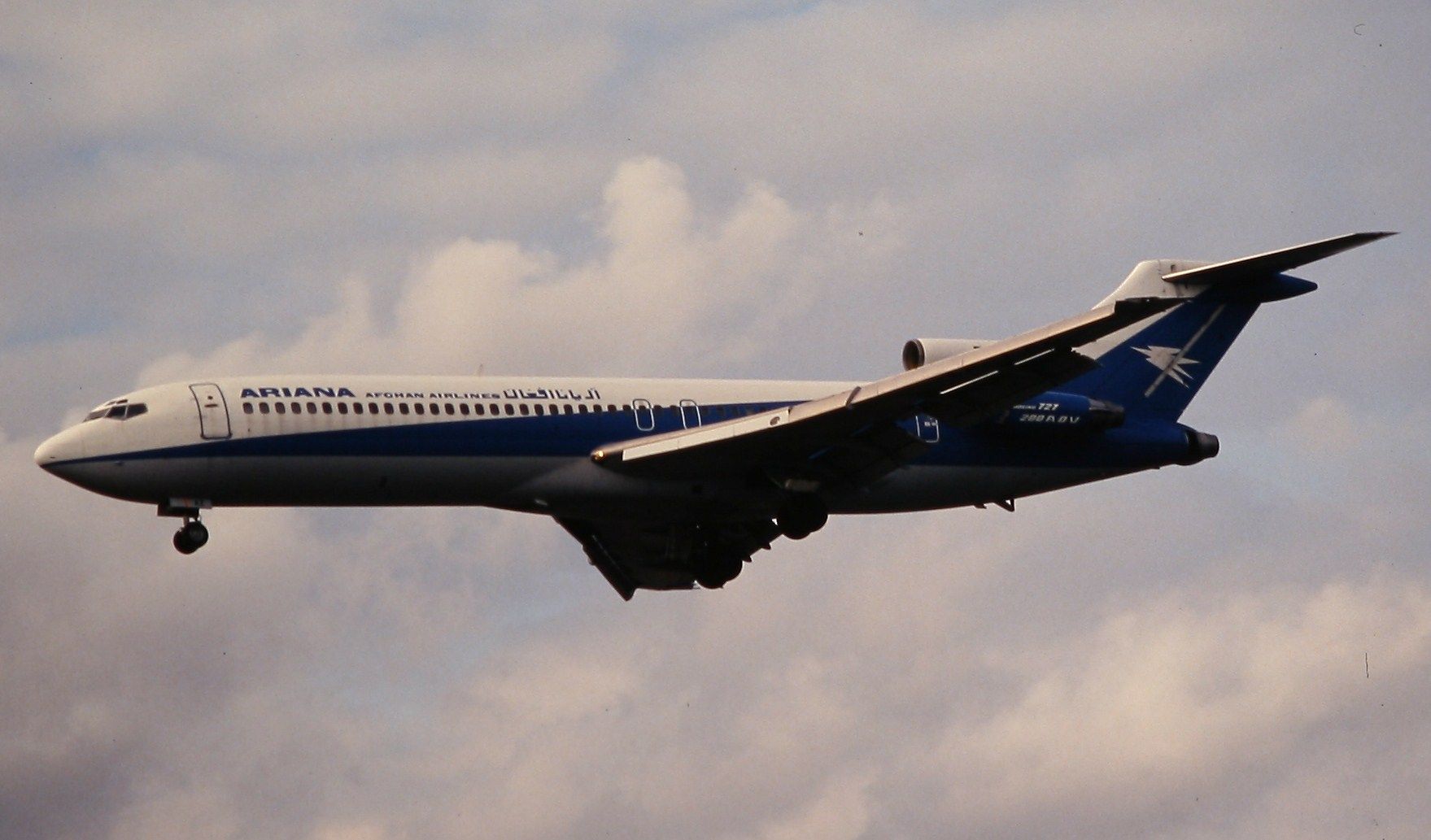
_(16279316443).jpg)
